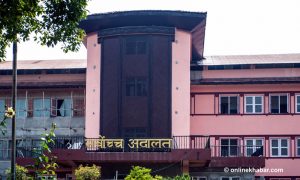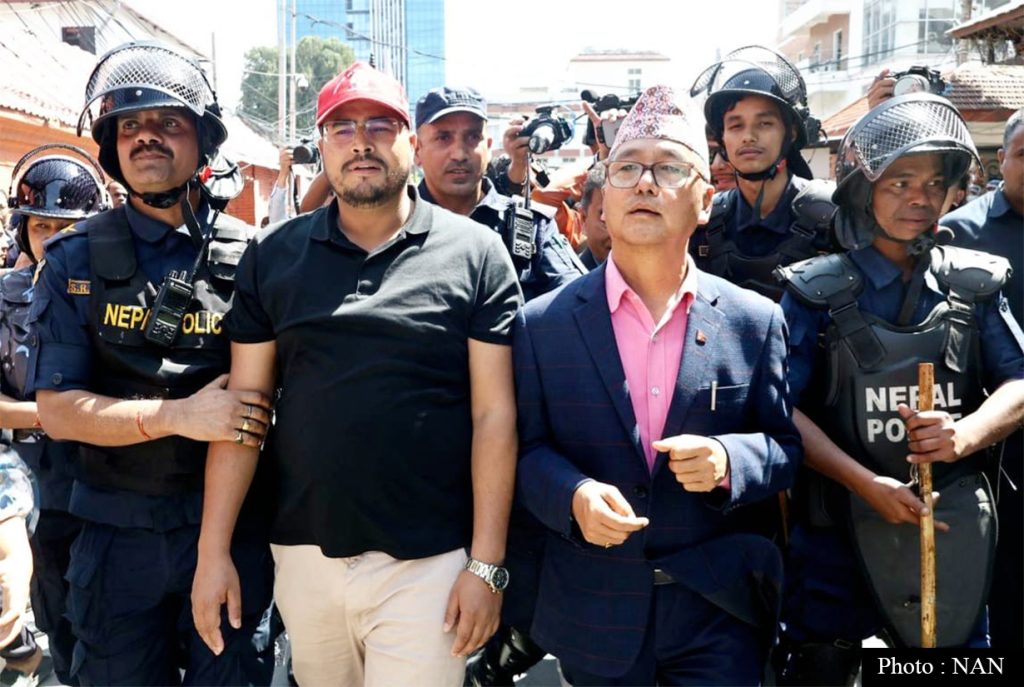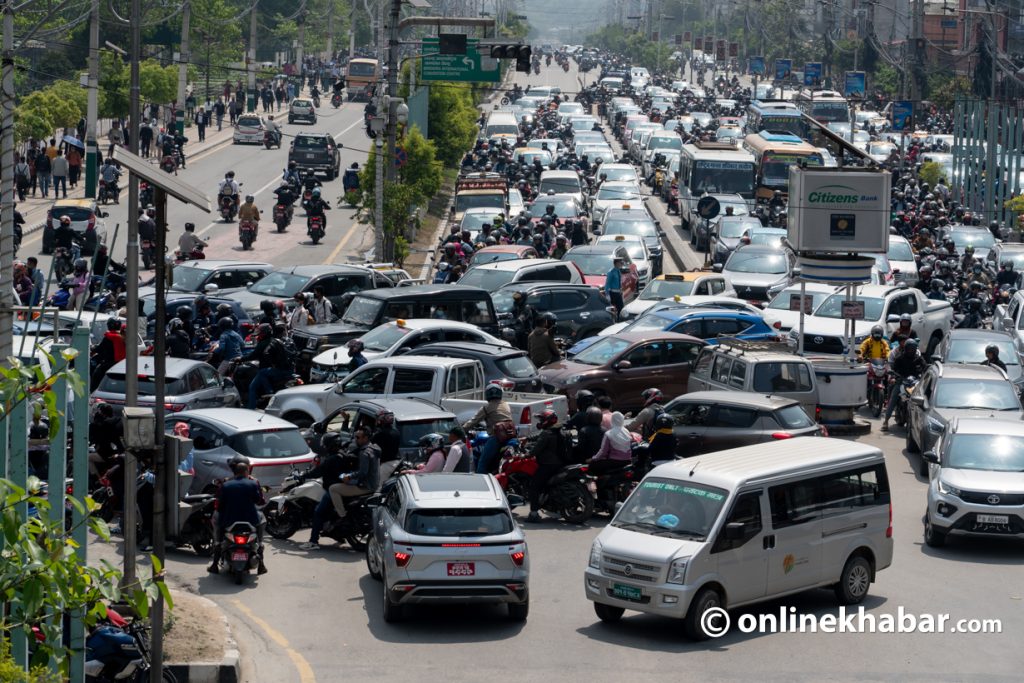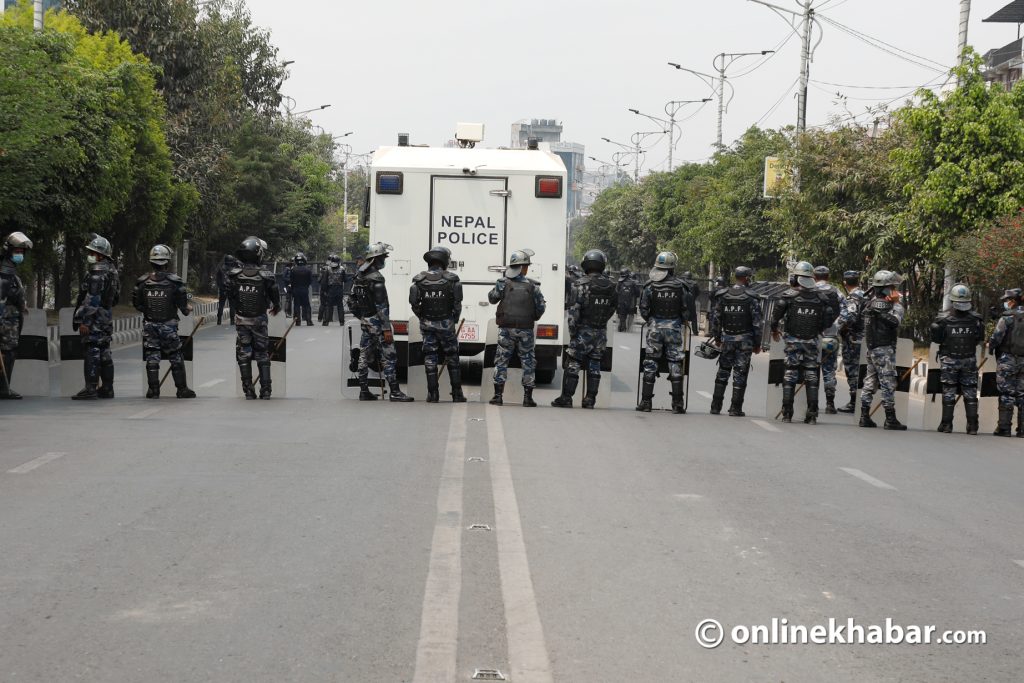
* Project could have been made with domestic resources
* Paudyal: the budget was bloated
* Locals: project does not utilise full potential
* Locals: India wants to take Karnali water to water-scarce areas
Kathmandu, February 2
The government ‘sold’ Upper Karnali to India’s GMR against Nepal’s national interest, and that too for peanuts, Deputy Prime Minister Chitra Bahadur KC says.
The minister says the agreement should be scrapped and Upper Karnali hydro project should be constructed utlising domestic resource. “Those who were in power when the agreement was signed wanted to please the Indian government to prolong their stay in power,” said Thapa speaking at a programme organised by the Karnali-affected in Kathmandu.
Nepal’s Investment Board and GMR had signed a project development agreement on October 16, 2014 to generate 900 MW.
During the programme, the government was accused of selling the multi-dimensional 4,180 MW project to GMR at a dirt cheap price. Nepal’s Investment Board and GMR had signed a project development agreement on October 16, 2014 to generate 900 MW.
A documentary on the situation was also screened during the course of the programme. Maoist leaders Mohan Baidhya, Netra Bikram Chand and Narayan Kaji Shrestha, Mashal’s Mohan Bikram Singh, former CoAS Rukmangad Katwal and former foreign minister Ramesh Nath Pandey were among those who told the documentary makers that they were against the agreement.
Former Chief Secretary Leelamani Paudyal said that the project will run the government’s coffers dry. He said, “Experts had said the project could be constructed with Rs 70 billion, but the government signed a deal with GMR for Rs 140 billion.”
The project

As part of the proposed Upper Karnali project, a powerhouse is to be built in Balde, Achham from where 900 MW of electricity can be proposed. But contrary to this, local people argue that 4,180 MW can be generated.
When Himal Power carried out a feasibility study for the project, it said that 240 MW can be produced if a project was build in the run-of-the-river model. Later it was proposed that a 260m dam be built so that 3,522 MW could be produced and an additional ‘Upper Karnali B’ project could be constructed.
The latest study on the project showed that 4,180 MW could be generated, and the project has to be designed to do just that, the locals are demanding. They are saying that India wants to build a 900 MW project so that it can take the remaining water to those part of India experiencing severe water shortage.
Not utlising the full potential the project is against the national interest, they claim. As part of the deal GMR has agreed to provide 12 per cent of the electricity generated (180 MW) to Nepal, in addition to 27 per cent stake in the project.




















